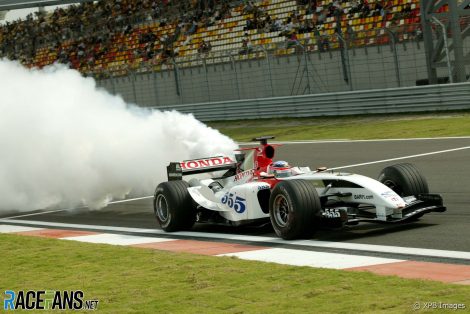“I think it’s P7, unless I’m stupid.” At least Max Verstappen knew where he would start the Italian Grand Prix after qualifying second-fastest but copping a penalty for a power unit parts change.
But not everyone was clear. Fernando Alonso, for example, was also convinced he would start seventh.
Most drivers were left baffled after Saturday’s session as nine of them – almost half the grid – collected penalties. While the Red Bull driver only had a five-place drop, after taking his fifth V6 internal combustion engine of the season, eight others had combination of drops and instructions to start at the back of the grid. That left teams and drivers without definitive answers as to who started where until hours after the session.
So what hope did the fans have of knowing where they would all start in the meantime? The FIA released its provisional grid almost four hours after the session ended.
Grid penalties for using too many engine parts are not new. They were introduced in 2004, when teams were first limited to one engine per car per weekend. However, the power unit penalty system really started to become a major factor after F1 introduced its complex V6 hybrid turbo engines at the start of 2014.
Today, to prevent excessive spending, teams are limited to three internal combustion engines, three turbochargers, three MGU-H, three MGU-K, three energy stores, two control electronics and eight exhaust systems a season. Simply put, if you exceed your allocated amount of any of these, you pick up grid penalties. Penalties range between five or 10 place penalties, but if a driver exceeds 15 places in a single round, they start that race from the back of the starting grid. Unless someone else does too, which is where things start to get complicated.
Strategically, Monza and Spa present prime opportunities to take additional parts. The long straights give drivers in faster cars a great chance to carve their way through the field if they start from the back, as Sunday’s race demonstrated. Increasingly, a spate of penalties occur at these two rounds.
Many drivers, who spent much of the hours after qualifying on Saturday poking fun at the system on social media, concluded something must change.
Advert | Become a RaceFans supporter and
Esteban Ocon was vocal with his thoughts on penalties after he qualified P14 after picking up a five-place grid penalty.
“It’s a bit hard to understand, maybe…
Click Here to Read the Full Original Article at RaceFans…

